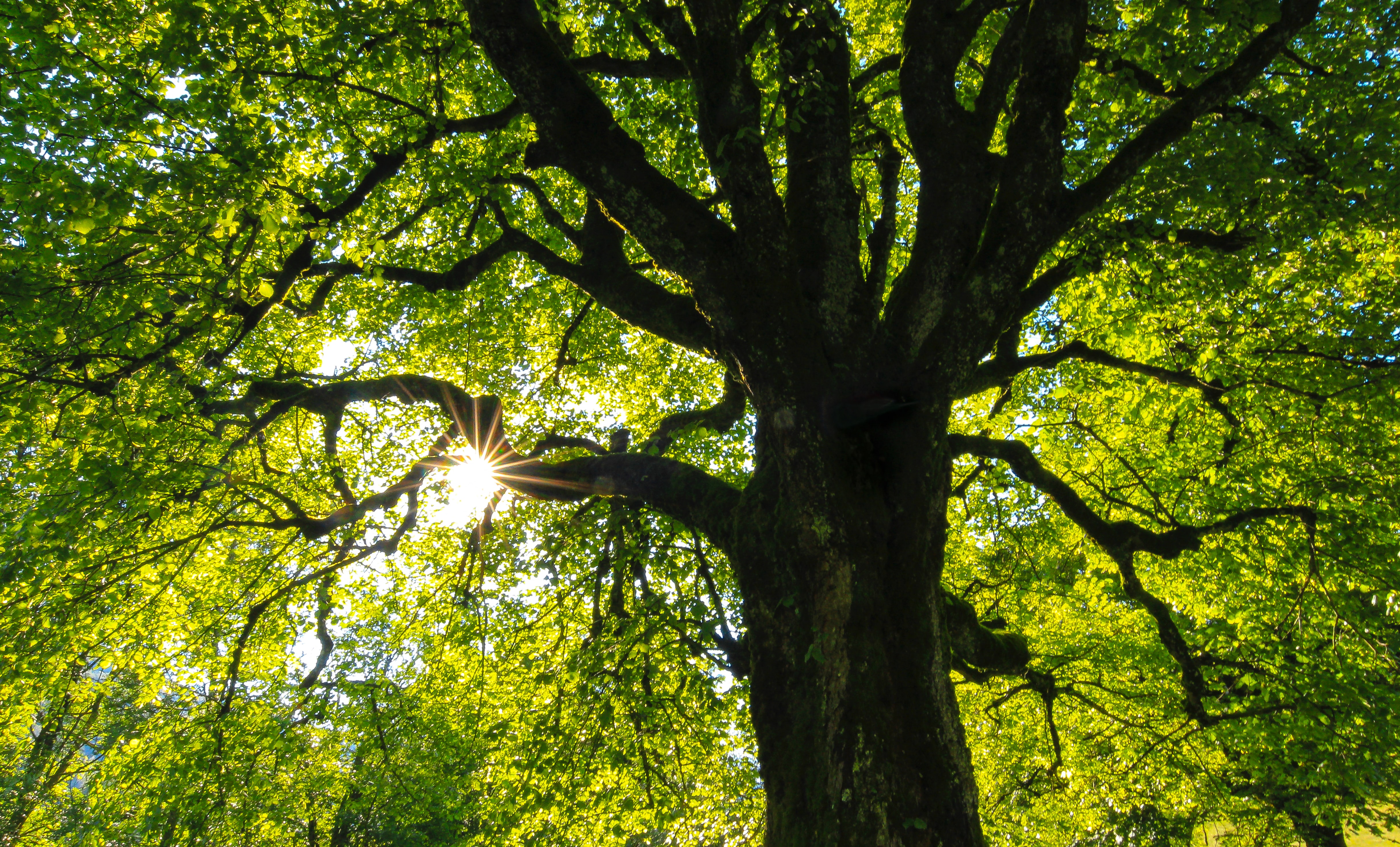In case you missed it see what’s in this section
Let's Talk
Your Total Guide To lifestyle

Seven Trees Common to Manchester and What You Need to Know About Them
There are many trees that are commonly found in Manchester, England in the UK. We have shortlisted these and compiled a brief description of each.
This will help you to look out for them as you move around the city. If you come across a tree you don’t recognise, the Wildlife Trust for Lancashire, Manchester, and North Merseyside allows you to perform a search of trees and shrubs in these areas.
Common Hawthorn You may be surprised to know that the common hawthorn tree is a member of the rose family. If you have these plants in your garden, note that they must be watered weekly for the first few years while they are developing. Thereafter, you need only water them during a period of drought. They grow an average of 50 cm per annum. A common hawthorn tree can reach 400 years old. Admire its beauty but don’t eat its seeds as these are poisonous.
English Oak
The English Oak is a magnificent tree with a potential lifespan of 1000 years, although most live between 150 to 250 years. They mature fully by the age of 75 years and become shorter as they age because this helps to prolong their lifespan. The English Oak is one of the three most prevalent trees in Manchester.
Some people confuse the English Oak with the Sessile Oak. The important differences are that the English Oak has acorns on stalks (the scientific term for this is ‘pedunculate’ oak) and little to no leaf stalks whereas the Sessile Oak has leaf stalks, but the acorns don’t grow on stalks.
In winter, the deciduous English Oak presents with clusters of rounded buds. The acorns turn from green to brown and fall off. Each leaf has smooth-edged lobes of between two to five. This video will make it easy to recognise these distinctive features.
The English Oak feeds more insect species than any other tree, resulting in abundant biodiversity. During autumn, when its leaves fall to the ground, they continue to provide sustenance for creatures such as the oakbug milkcap fungus and the stag beetle.
Sycamore Tree
The sycamore tree is part of the maple species. It has a number of alternate names that it is known by, including Scottish maple, mock plane, great maple, and sycamore maple. The sycamore tree is indigenous to Asia and Europe and gets its name from an Ancient Greek word translated as fig-mulberry.
When planting new trees, one should always be cognisant of the fact that trees should be indigenous to where they are grown. The reason is that bird and animal life interact well in ecosystems with these plants due to their natural setting. The trees are also acclimatised and adapted to their natural environment, enabling them to flourish.
Sycamore trees thrive in windy and coastal regions. The tree’s bark is camouflaged by its brown-grey colouring and pattern. The wood is a popular choice for making musical instruments. It can also be used for flooring and furniture.
The Common Ash Tree
Other names for the common ash tree are ash, European ash, and golden ash. Expectedly, it belongs to the ash family. This tree is deciduous. The common ash hails from Europe but plays a significant role in Scottish folklore and Norse mythology. It will reach a height of up to 18 metres. The tree is often prone to a fungus-originating disease known as ash dieback. The common ash has a lifespan of 250 years. It grows rapidly at a rate of 61 centimetres annually.
Manchester Poplars
Our list wouldn’t make sense if we excluded the Manchester poplar tree, named after the City of Manchester. Its other, not so good, claim to fame is that it is considered the most endangered tree in the UK that is native to Britain. The Manchester poplar is also called the black poplar.
It has a partner with a similar unhappy history, the London plane tree (platanus x hispanica). Both were named after the cities where they are found, being the only two tree species in Britain that can claim this. London and Manchester have the highest pollution rating in the UK. These two species have managed to grow and thrive in these adverse conditions. The two cities are famous for their roles in the Industrial Age.
Willow Trees
The willow can be seen in Bridgewater Basin. These trees do well when they grow alongside natural areas of water such as lakes. Dating back to 400 BC, the bark of the tree has been used for inflammation and fevers. This is due to the bark containing the chemical salicin, which is released when the bark is chewed. This Willow compound is almost identical to acetylsalicylic acid which is found in aspirin and can be used to treat the same medical conditions.
River Birch
Prince Maximilian of Austria gave the river birch the accolade of being the most beautiful tree with its spreading branches and curling bark when he saw it for the first time in 1860. In 2002, it received further recognition when the Society of Municipal Arborists selected it as the Urban Tree of the Year.
It makes its home on riverbanks, hence its name. Many people plant the river birch alongside stunning architecture because it is so aesthetically appealing, and it continues to do well at these sites. Where other birch trees fall prey to the birch borer, the river birch is much more resistant. It grows quickly and can handle drought and excess water fairly comfortably.
Conservation of Trees
Your property may be home to rare and even protected species of trees. There are also strict regulations regarding which trees can be cut down or altered in any way. Non-compliance leads to
severe penalties; in some cases, these have an unlimited ceiling. Make sure you stay on the right side of the law by having a tree survey done. Consultancies such as Treesurvey.co.uk conduct tree surveys. Tree surveys provide a cost-effective service with mortgage tree surveys starting at £299 for homeowners who have bought a newly constructed property. A BS5837 tree survey is required when a new development is being built or where there are changes to an existing development and cost from £349.
Manchester is a beautiful city that is enhanced by its abundant tree heritage. Make sure you take the time to notice this bounty all around you.
Weather in Manchester
Listings









